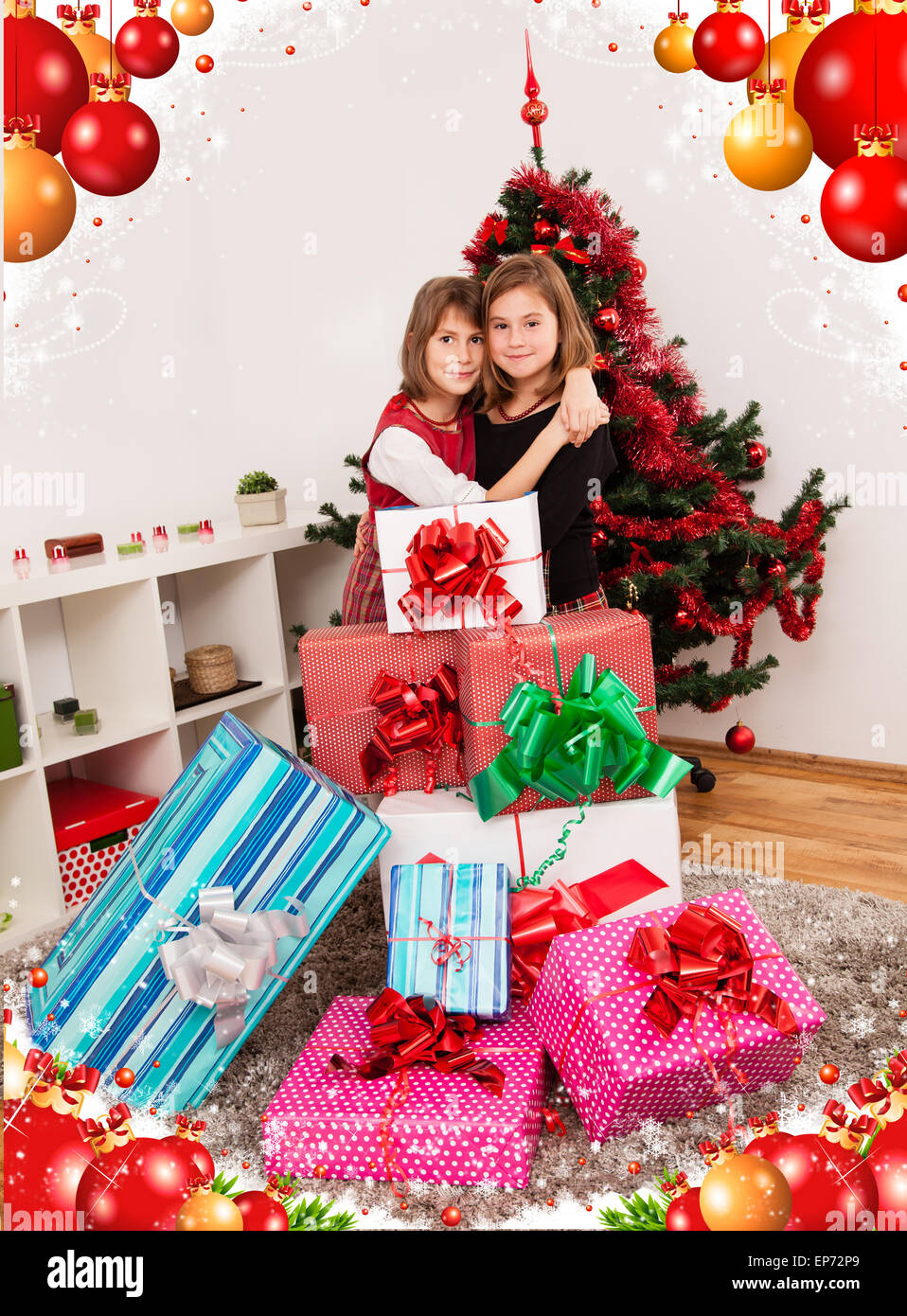Choosing gifts that are non‑toxic isn’t just a trend—it’s a responsibility. Whether you’re buying a toddler’s toy, a kitchen gadget for a health‑conscious friend, or a decorative item for a new homeowner, the safety of the recipient matters. In this guide we’ll walk through the steps Preschoolers of how to choose gifts that are non‑toxic, explain why it matters, and give you a checklist that feels less like a chore and Budget gifts more like a smart, caring act.
Understanding Why Non‑Toxic Gifts Matter
The Hidden Chemicals in Everyday Items
Most of us have never thought about the ingredients in a plastic cup or a scented candle. Unfortunately, many everyday products contain phthalates, BPA, heavy metals, or synthetic fragrances that can leach into skin or food. The long‑term exposure to these substances has been linked to hormonal disruptions, allergies, and even developmental issues in children.

> “The safest gift is one that keeps you healthy for years to come,” says Dr. Maya Patel, a pediatric toxicologist. “It’s a gift that says ‘I care about your well‑being’.”

How Non‑Toxic Gifts Protect Your Loved Ones
When you choose a gift that’s free from harmful chemicals, you’re not just avoiding a one‑off accident; you’re creating a safer environment. Think of it as planting a seed that will grow into a healthier future—no weeds, just pure, vibrant life.
Key Criteria for Selecting Non‑Toxic Gifts
Materials That Matter
| Material | Typical Toxicity | Common Non‑Toxic Alternatives |
|----------|------------------|------------------------------|
| PVC Plastic | Contains phthalates | BPA‑free polypropylene, glass |
| Lead‑Based Paint | Heavy metal | Lead‑free acrylic or natural pigments |
| Formaldehyde | Carcinogenic | Low‑formaldehyde or no‑formaldehyde finishes |
| Synthetic Fragrances | Allergens | Essential oils, fragrance‑free |
Certifications and Labels
- OEKO‑Tex Standard 100 – ensures textiles are free from harmful substances. Greenguard Gold – certifies low VOC emissions in household products. Made Safe – indicates no added toxic chemicals.
Where to Look
- Specialty stores that focus on eco‑friendly products. Online marketplaces with verified sustainability tags. Local artisans who often use natural materials and traditional methods.
Practical Steps for Choosing the Right Gift
1. Identify the Recipient’s Needs and Preferences
- Age group: Babies and toddlers need extra scrutiny—no small parts or toxic dyes. Lifestyle: A gardener might appreciate non‑toxic planters; a fitness enthusiast may prefer eco‑friendly workout gear. Allergies: If the person is sensitive to fragrances or certain metals, double‑check labels.
2. Research the Brand’s Transparency
- Look for a clear ingredient list or a materials disclosure on the product page. Contact customer service if information is missing. Read independent reviews for any red flags.
3. Verify Certifications
- Check for the OEKO‑Tex, Greenguard, or Made Safe logos. If a product claims “non‑toxic” but lacks certification, treat it skeptically.
4. Read the Fine Print
- Some items may be labeled “non‑toxic” for the exterior but contain harmful substances inside (e.g., a wooden toy with lead‑based paint). Verify that the entire product, not just the visible part, meets safety standards.
5. Make a Decision That Feels Right
- If you’re unsure, opt for a gift card to a reputable eco‑store; the recipient can choose something that truly fits their needs. Consider a donation in their name to an environmental or health organization—an unexpected but meaningful gift.
Common Mistakes and How to Avoid Them
- Assuming “natural” equals safe: Natural materials can still be toxic (e.g., untreated wood may contain formaldehyde). Skipping the certification check: A brand’s marketing might mislead you. Buying in bulk without research: Bulk orders often come from suppliers with lax quality control.
Anecdote: The Birthday Surprise Gone Wrong
Last year, I bought a “hand‑crafted” wooden puzzle for my niece’s birthday. The packaging promised “100% natural wood, no chemicals.” The first week, she developed a rash around the puzzle’s edges. After a quick search, I discovered the wood had been treated with a lead‑based stain. The lesson? Always verify the finish, not just the material.
Rhetorical Questions to Prompt Thought
- Have you ever wondered if the gift you chose might be doing more harm than good? What if the next present you give could also be a step toward a healthier planet? Isn’t it time we treated gifting with the same care we give our own health?
Making Your Selection Count
Choosing gifts that are non‑toxic is more than a checkbox; it’s an act of love that protects and respects the person receiving it. Use the checklist above, keep an eye out for certifications, and don’t be afraid to ask questions. The result? A thoughtful present that brings joy without hidden risks—exactly the kind of gift that keeps on giving.
When you’re ready to shop, remember: the safest gifts are those that let you say, “I care about your health and the world we share.” Happy gifting!